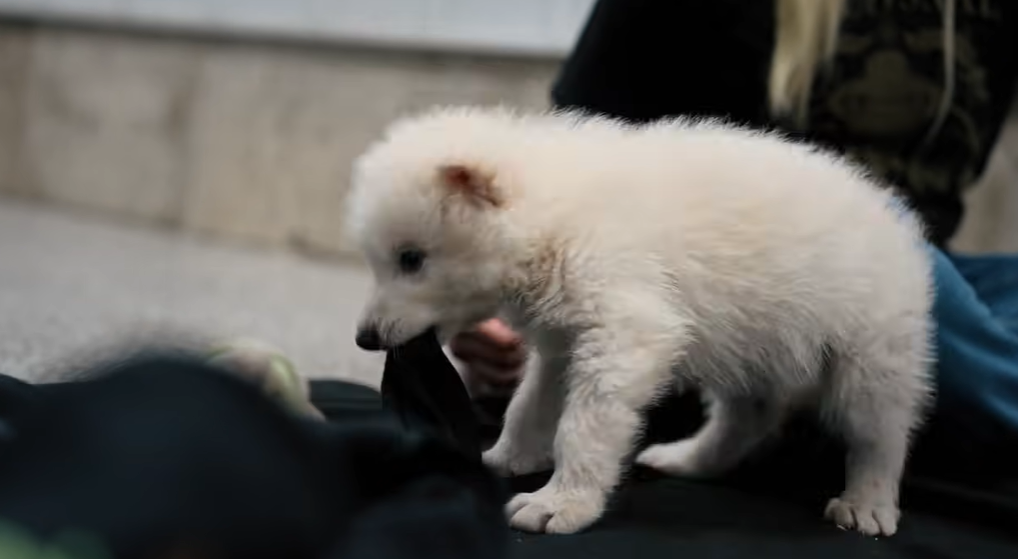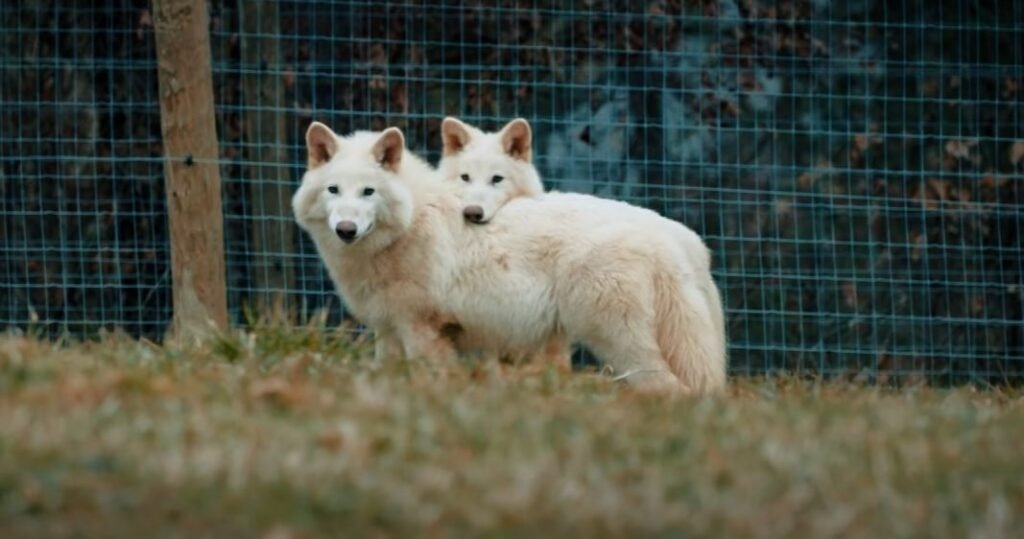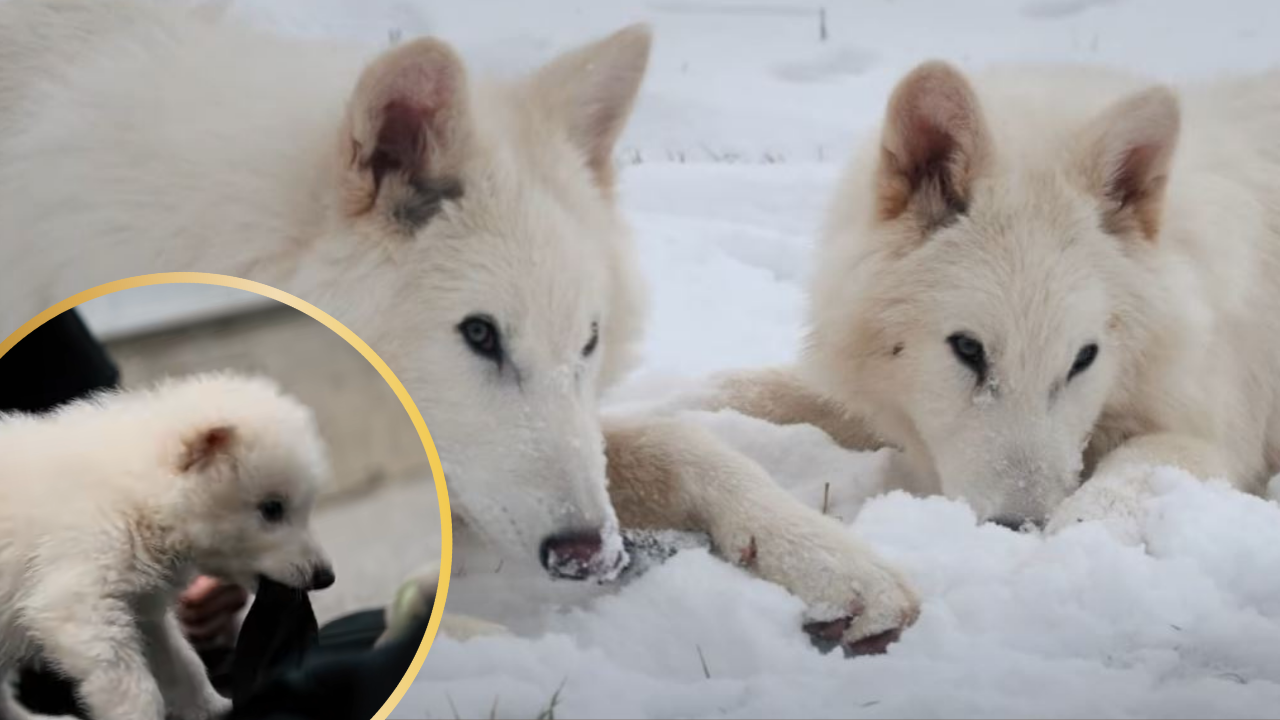Imagine going into the wild and witnessing a huge, strong wolf that once dominated the American landscape but has been extinct for thousands of years. Doesn’t that sound like a scene from Game of Thrones? However, this dream may not be too distant from reality because of Colossal Biosciences’ ground-breaking work. The company engaged in de-exitinction projects has done the unthinkable by bringing back three dire wolves from extinction.
In an extraordinary YouTube video posted on their channel Colossal Biosciences presented to the world Romulus, Remus and Khaleesi, three healthy direwolves being raised in a secret nature preserve. The company has stated the amazing white wolves carry all the genetic traits of the long lost giant canines.
The Silent Crisis of Biodiversity

We’ve all heard about the climate crisis, but there’s something else quietly destroying our planet that often goes unnoticed—the loss of biodiversity. Species are disappearing at an alarming rate, and the reality is that by 2050, we could lose half of all the animals and plants we know today. The consequences of this are huge, not just for those species, but for us too. Ecosystems collapse without key animals, and everything from food to clean water becomes harder to secure. As one scientist put it, “If all of these species go extinct, then we’ll have full ecosystem collapse.”
The Return of the Dire Wolf: More Than Just a Dream
Now, Colossal Biosciences isn’t just reviving species for the thrill of it—they’re aiming to fix a wrong. The dire wolf wasn’t just some mythological creature; it played a crucial role in the ecosystems of the past, hunting and keeping everything in balance. By bringing it back, they hope to restore stability to areas where top predators have long been missing.
Dire wolves are the first on Colossal’s radar, but they’re also working on other iconic species like the woolly mammoth and the thylacine. As Ben Lamm, the company’s CEO, puts it, “Our goal is to make extinction a thing of the past.”
The Science Behind the Magic

So, how on earth do you bring back an animal that hasn’t roamed the Earth for over 10,000 years? It’s no easy feat, but Colossal has used the latest genetic technology to make it happen. The company took DNA from ancient dire wolf remains—things like a 72,000-year-old skull and a 13,000-year-old tooth—to sequence the genome and create healthy new born puppies. From there, the scientists worked their magic by editing the DNA of gray wolves, their closest living relatives, to match the traits of the dire wolf.
One of the breakthroughs during this project was discovering a key gene called LCORL, which regulates animal size. By editing this gene, Colossal recreated the size and strength that made the dire wolf such a fearsome predator.
Once the editing is done, the next step is cloning. Using a method called somatic cell nuclear transfer—similar to what created Dolly the sheep—Colossal implants these edited cells into a surrogate dog. With the initial success, they hope to see the birth of the first genetically diverse dire wolves in thousands of years. The project was a closely guarded secret until now.
A Future Where Extinction Isn’t Forever

Returning the dire wolf goes beyond simply science fiction realized. It is about inspiring optimism for the earth’s future. Colossal wants to bring ecosystems back in equilibrium by returning wildlife like the dire wolf. De-extinction is still a novel concept, hence yes, it is rather debatable. Still, it is too big to overlook the possibility to assist undo the harm we have done and restore equilibrium to nature.
Imagine one day seeing a dire wolf once more, prowling the wild—and it seems like a glimpse of a time when humanity might right past mistakes. The concept of these magnificent animals returning to their proper position in the world excites and thrills dog lovers, environmentalists, and everyone else enthusiastic about animals. It reminds us that occasionally, with a lot of hope and some science, extinction need not be the end.







